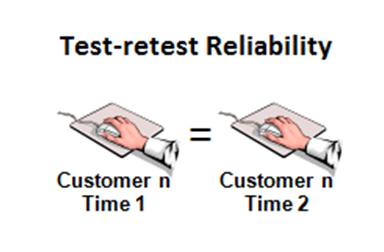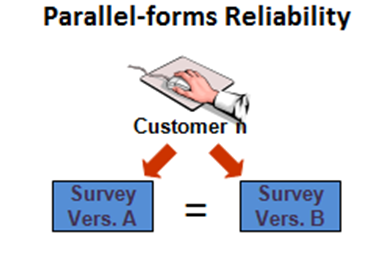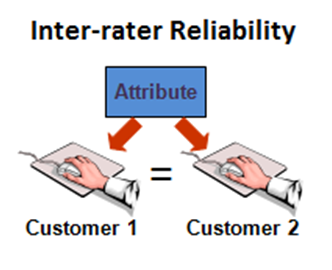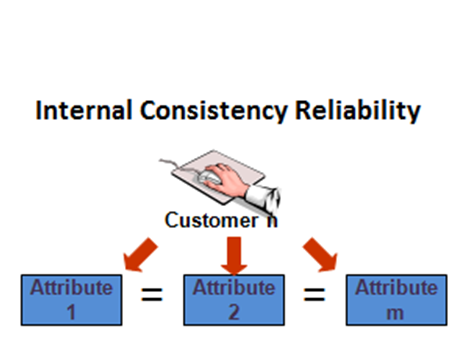It is the ability to develop a good research
topic is an important skill. A tutor may assign you a specific topic, but most
often instructors require you to select your own topic of interest. When
deciding on a topic, there are a few things that you will do it because it is necessary
in topic selection for research.
v Brainstorm for Ideas.
v Select a topic that will enable you to read
and understand the literature.
v Ensure that the topic is manageable and that metrical
is available i.e. data and literature.
v Make a list of keywords.
v Be flexible.
v Define your topic as a focused research
question.
v Research and read more about your topic.
v Formulate a thesis statement / Problem
Statement
Be
aware that selecting a good topic may not be easy. It must be narrow and
focused enough to be interesting, yet broad enough to find adequate information.
Before selecting your topic, make sure you know what your final project should
look like. Each class or instructor will likely require a different format or
style of the research project. Use the steps below to guide you through the process
of selecting a research topic.
Step-1: Brainstorm for Ideas
Choose a topic that interests you. Use the
following questions to help generate topic ideas.
v Do you have a strong opinion on a current
social or political controversy?
v Did you read or see a news story recently
that has piqued your interest or made you angry or anxious?
v Do you have a personal issue, problem or
interest that you would like to know more about?
v Do you have a research paper due for a class
this semester?
v Is there an aspect of a class that you are
interested in learning more about?
Look at some of the following topically
oriented Web sites and research sites for ideas.
Are you interested in current events,
government, politics or the social sciences?
v Try Washington file
Are you interested in health or medicine?
Look in Healthfinder.gov, Health
& Wellness Resource Center or the National Library of Medicine.
Are you interested in health or medicine?
v Look in Healthfinder.gov, Health
& Wellness Resource Center or the National Library of medicine?
Are you interested in the Humanities; art,
literature…etc.?
v Browse links from the National Endowment
for the Humanities.
For other subject areas try:
v the Scout Report or the New
York Times/ College Weblink
Write
down any key words or concepts that may be of interest to you. Could these
terms help be used to form a more focused research topic? Be aware of overused
ideas when deciding a topic. You may wish to avoid topics such as, abortion,
gun control, teen pregnancy, or suicide unless you feel you have a unique
approach to the topic. Ask the instructor for ideas if you feel you are stuck
or need additional guidance.
Step-2: Read General Background Information
Read a general encyclopedia article on the
top two or three topics you are considering. Reading a broad summary enables
you to get an overview of the topic and see how your idea relates to broader,
narrower, and related issues. It also provides a great source for finding words
commonly used to describe the topic. These keywords may be very useful to your
later research. If you can’t find an article on your topic, try using broader
terms and ask for help from a librarian.
For example, the Encyclopedia Britannica
Online /the printed version of this encyclopedia, in Thompson Library's
Reference Collection on Reference Table 1) may not have an article on Social
and Political Implications of Jackie Robinsons Breaking of the Color Barrier in
Major League Baseball but there will be articles on baseball history and on
Jackie Robinson.
Browse the Encyclopedia
Americana for information on your topic ideas. Notice that both online
encyclopedias provide links to magazine articles and Web sites. These are
listed in the left or the right margins.
v Use periodical indexes to scan
current magazine, journal or newspaper articles on your topic. Ask a librarian
if they can help you to browse articles on your topics of interest.
v Use Web search engines. Google and Bing are currently considered
to be two of the best search engines to find web sites on the topic
Step-3: Focus on Your Topic
Keep
it manageable
A topic will be very difficult to research if
it is too broad or narrow. One way to narrow a broad topic such as "the
environment" is to limit your topic. Some common ways to limit a topic are:
v by geographical area
Example:
What environmental issues are most important in the Southwestern US
v by culture
Example:
How does the environment fit into the Navajo world view
v by time frame:
Example:
What are the most prominent environmental issues of the last 10 years
v by discipline
Example:
How does environmental awareness effect business practices today?
v by population group
Example:
What are the effects of air pollution on senior citizens?
Remember
that a topic may be too difficult to research if it is too:
Locally
confined - Topics this specific may only be covered in these (local)
newspapers, if at all.
Example: What sources of pollution affect the
Genesee County water supply?
v recent - If a topic is quite recent,
books or journal articles may not be available, but newspaper or magazine
articles may. Also, Web sites related to the topic may or may not be available.
v broadly interdisciplinary - You could be
overwhelmed with superficial information.
Example:
How can the environment contribute to the culture, politics and society of the
Western states.
v popular - You will only find very
popular articles about some topics such as sports figures and high-profile
celebrities and performers.
If you
have any difficulties or questions with focusing your topic, discuss the topic
with your tutor/librarian.
Step-4: Make a List of Useful Keywords
Keep
track of the words that are used to describe your topic.
v
Look for words that best describe your topic.
v
Look for them in when reading encyclopedia articles and
background and general information.
v
Find broader and narrower terms, synonyms, key concepts
for key words to widen your search capabilities.
v
Make note of these words and use them later when
searching databases and catalogs.
Step-5: Be Flexible
It is common to modify your topic during the
research process. You can never be sure of what you may find. You may find
too much and need to narrow your focus, or too little and need to broaden your
focus. This is a normal part of the research process. When researching, you may
not wish to change your topic, but you may decide that some other aspect of the
topic is more interesting or manageable.
Keep in mind the assigned length of the
research paper, project, bibliography or another research assignment. Be
aware of the depth of coverage needed and the due date. These important factors
may help you decide how much and when you will modify your topic. Your tutor will probably provide specific requirements, if not then the following
table can provide a rough guide.
Assigned Length of Research Paper or Project
|
Suggested guidelines for approximate number and types of sources
needed
|
1-2 page paper
|
2-3 magazine articles or Web sites
|
3-5 page paper
|
4-8 items, including book, articles (scholarly and/or popular) and Web
sites
|
Annotated Bibliography
|
6-15 items including books, scholarly articles, Web sites and other
items
|
10-15 page research paper
|
12-20 items, including books, scholarly articles, web sites and other
items
|
Step
6: Define Your Topic as a Focused Research Question
You will often begin with a word, develop a
more focused interest in an aspect of something relating to that word, then
begin to have questions about the topic.
For example
§
Ideas = Frank Lloyd Wright or modern architecture
§
Research Question = How has Frank Lloyd Wright
influenced modern architecture?
§
Focused Research Question = What design principles
used by Frank Lloyd
Wright are common in contemporary
homes
Step
7: Research and Read More About Your Topic
Use
the key words you have gathered to research in the catalog, article
databases, and Internet search engines. Find more information to help you
answer your research question.
You
will need to do some research and reading before you select your final topic.
Can you find enough information to answer your research question? Remember,
selecting a topic is an important and complex part of the research process.
Step
8: Formulate a Thesis Statement
Write your topic as a thesis
statement. This may be the answer to your research question and/or a way
to clearly state the purpose of your research. Your thesis statement will
usually be one or two sentences that states precisely what is to be answered,
proven, or what you will inform your audience about your topic.
The development of a thesis assumes there is sufficient evidence to support the
thesis statement.
For example, a thesis statement could
be: Frank Lloyd Wright's design principles,
including his use of
ornamental detail and his sense of space and texture, opened a new era of
American architecture. His work has influenced contemporary residential design.
The title of your paper may not be exactly
the same as your research question or your thesis statement, but the title
should clearly convey the focus, purpose, and meaning of your research.
For example, a title could be: Frank
Lloyd Wright: Key Principles of Design for the Modern Home.
Remember to follow any specific instructions
from your tutor.
Practical
Exercises to Extend Your Learning
Identify
three narrower aspects of the following broad topics. In other words, what are
three areas you could investigate that fit into these very broad topics?
v
Pollution
v
Sports
v
Politics
Identify
a broader topic that would cover the following narrow topics. In other words,
how could you expand these topics to find more information?
Menus
in Michigan prisons
Urban planning in Flint
Imagine
that you have been assigned the following topics. Think of 5 keywords you might
use to look for information on each.
How
does air quality affect our health?
What are the barriers to peace in the Middle East?
Should snowmobiling be allowed in wilderness areas?
How can welfare reform help poor children



